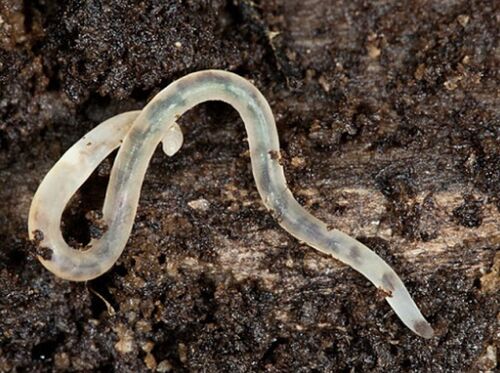Pot Worms
Pot worms are a group of normally colorless terrestrial worms in the family enchytraeidae. The family is made up of microdrile oligochaetes living mainly in highly organic terrestrial environments. The term microdrile oligocates refers to their small size in combination with their resemblance to earthworms.
Taxonomy
| Kingdom | Phylum | Class | Order | Family |
|---|---|---|---|---|
| Animalia | Annelida | Clitellata | Tubificida | Enchitraeidae |
Appearance
Distribution and Habitat
Diet
Similar to megadrile oligochaetes, earthworms, pot worms consume leafy matter and detritus. However, they gain most of their nutrients from consuming fungal hyphae and bacterial material along with excretions from other soil organisms. [1] This occurs because their smaller size makes it harder for them to consume detritus in the same way as earthworms are able to. Small fungal and bacterial materials are more easily consumed by these small annelids.
Ecosystem Impacts
Despite their small size, pot worms contribute to the alteration of soil structures. They serve to alter soil porosity due to burrowing activities. [1] They also produce worm castings mucus secretions which greatly improve the soil quality by influencing the bacterial and mineral content surrounding their burrows. This areas surrounding their burrows is referred to as the driloshpere.
References
Citations
- “All about Enchytraeidae: White Pot Worms.” A Chaos of Delight , https://www.chaosofdelight.org/enchytraeidae-1.
- “5 Different Types of Worms in Potted Plants.” India Gardening , 30 Mar. 2021, https://indiagardening.com/lists/types-of-worms-in-potted-plants/.
